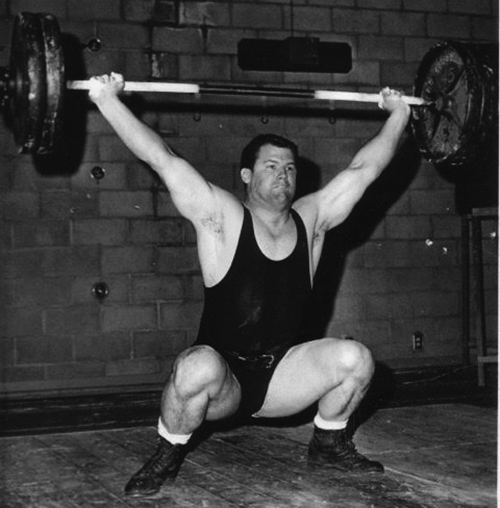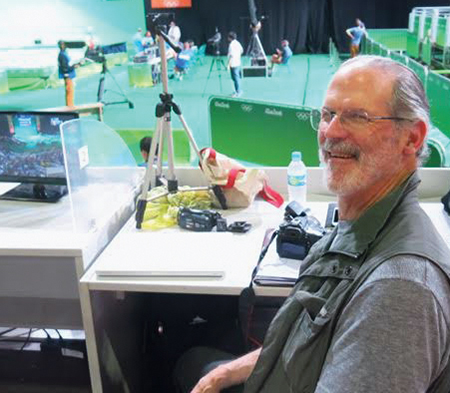
From student athlete, to Olympic weightlifting coach and official, Jim Schmitz has seen his sport’s following soar, in part due to the popularity of CrossFit, a workout that incorporates weightlifting moves.
Weighing his college options in 1963, Jim Schmitz (B.A., ’68) made a decision based in part on a barbell. “I looked at San Jose State, Chico State, places like that, but none of those other schools had a weight room, and I was very interested in weightlifting at the time,” he explains. “San Francisco State had a York Olympic barbell set, so I chose SF State.”
Schmitz hasn’t strayed far from a barbell since, as an athlete, coach, official and administrator for Olympic-style weightlifting. He has coached 10 men to 14 Olympics — including silver medalist Mario Martinez in 1984 — and served as a U.S. Olympic team coach in 1980, 1988 and 1992. He was also president of USA Weightlifting from 1988 to 1996 and president of the International Weightlifting Committee from 1992 to 1996.
Colleagues and students say he is a gentle and generous coach who uses his vast knowledge to encourage experienced lifters and fitness newcomers. “The absolute best is training a person, man or woman, from a beginner to the highest level they can achieve,” Schmitz says. “That’s the thing I’m most proud of in my career.”
As a student, Schmitz majored in physical education and played for the Gator football team, becoming an All Far Western Conference defensive tackle and team captain of the 1967 Far Western Conference champions. In an era when strength coaches and college weight rooms were scarce, he says, his own weightlifting regime helped him compete with larger athletes. “I didn’t have any aspirations of being a big-time football player, but the coaches I had there, like Joe Verducci and Vic Rowen, were outstanding.”
After graduating from SF State, Schmitz became co-owner of Alex’s Sports Palace Gym in San Francisco, which eventually became simply the Sports Palace — or “The Dungeon” to some of its regular members who sought out Schmitz for Olympic-style lifting. “Most gyms in those days were about building up the Arnold Schwarzenegger-type bodies, but I was into training for strength and conditioning for sport,” he recalls.

Olympic weightlifting coach and official Jim Schmitz.
Training has changed for the better since then, Schmitz says. Beginning in the 1970s, a wealth of new information about physical development and biomechanics emerged to guide coaches. “I do a lot of coaching courses still, and I show them my [physical education] textbooks from SF State; they’re like a comic book compared to what they put out today,” he laughs.
Schmitz was one of the first to train women in Olympic-style weightlifting, beginning with 1972 U.S. Olympic shot putter Jan Svendsen. Changes like the Title IX law brought more women athletes to the gym, Schmitz says, “but even more so, it was the gender equity laws in hiring women for the police departments and fire departments and jobs that required physical strength. Departments didn’t do their own training for these women then, so they came to us.”
Schmitz returned to the Olympics for the 2016 Rio Summer Games as a journalist, covering weightlifting events for MILO, a quarterly journal devoted to strength sports. As a guest of the International Weightlifting Federation, he was thrilled once again to take in the full range of ceremonies and competitions.
“There are the gold medalists that everyone reads about, but it’s the athletes down the line who have the most joy for being there,” he says. “They don’t have a chance for a medal, maybe, but they’re the best in their country. It’s a wonderful sports party, and I think it’s the greatest thing going.”